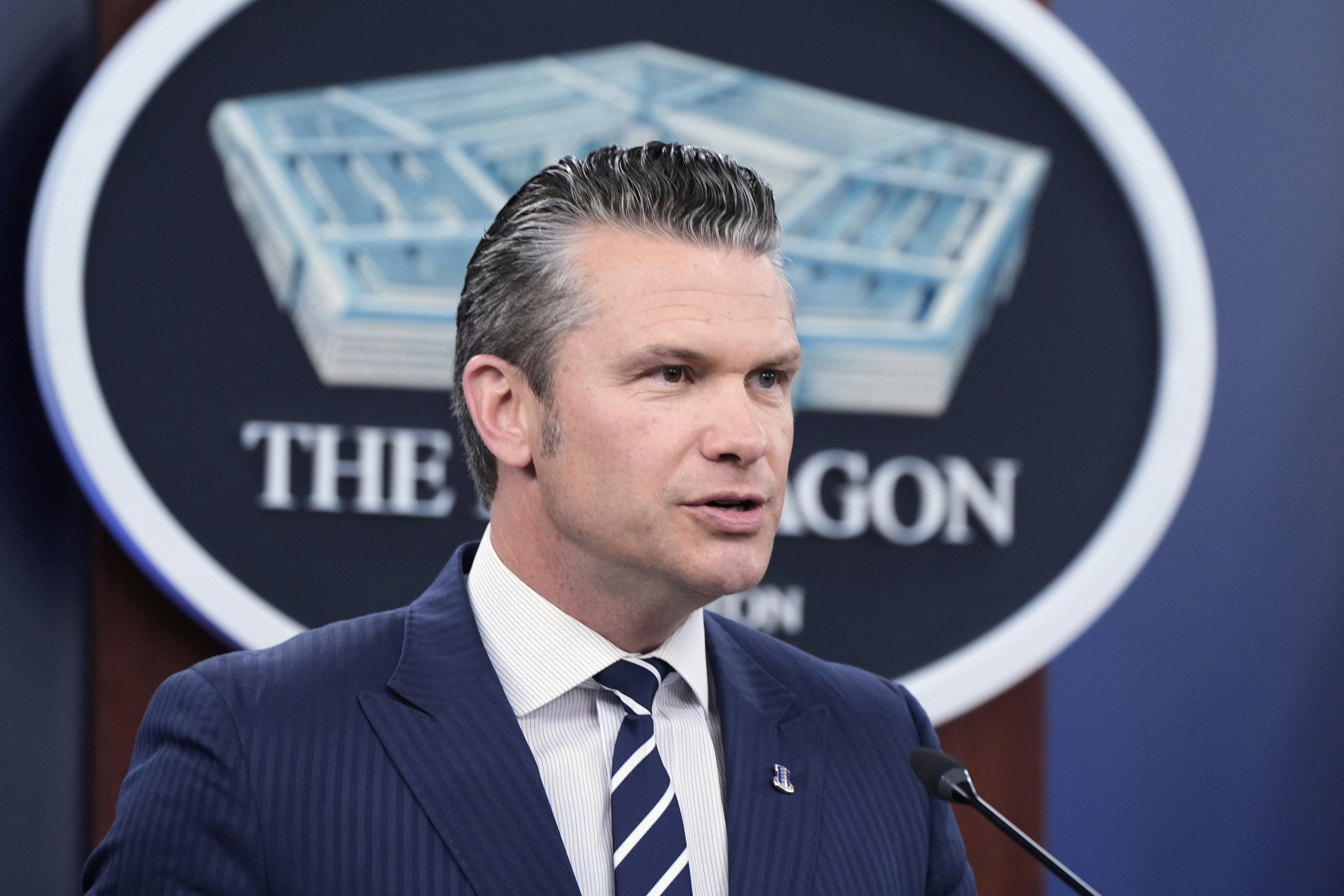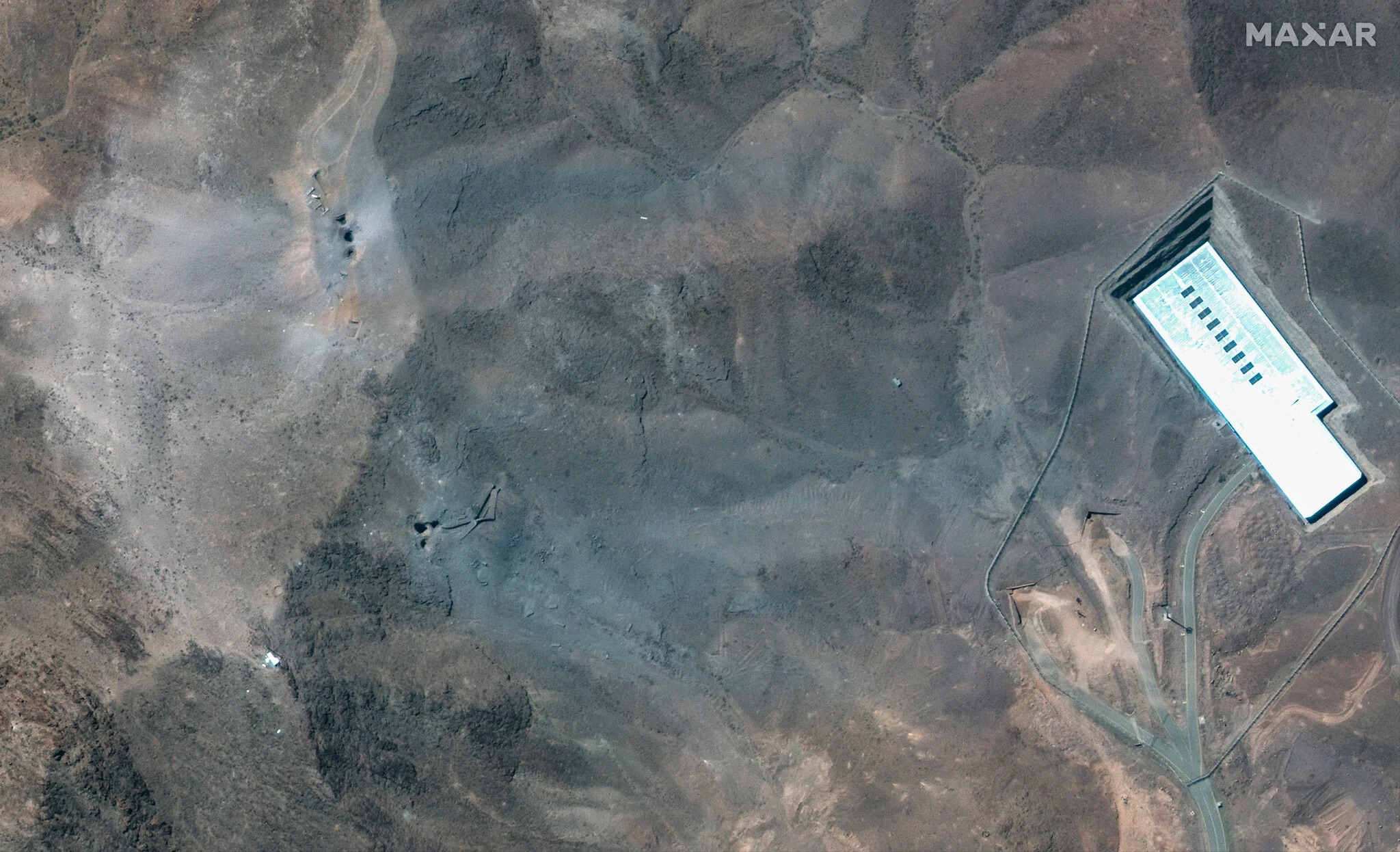US Joint Chiefs of Staff Chairman Dan Caine said on 22/6 that the overnight airstrikes targeting Iranian nuclear facilities were codenamed "Operation Midnight Hammer". The US used 14 bunker-buster bombs, more than 20 Tomahawk missiles, and over 125 military aircraft to attack Fordow, Natanz, and Isfahan.
"The final damage assessment will take time, but initial reports suggest all three sites suffered significant damage and destruction," Caine said.
US Secretary of Defense Pete Hegseth, in a press conference the same day, said several B-2 bombers were dispatched from a Missouri base on the morning of 21/6 as a "decoy" to distract Iran. He added that the US also employed other deceptive measures and deployed fighter jets to protect the B-2 bombers that dropped 14 bombs on Iran's most important nuclear facility.
Hegseth said these tactics allowed the US to drop bombs without being detected or intercepted by Iranian fighter jets or air defense missile systems. After completing their mission, the US aircraft returned to base safely and were not attacked.
 |
US Secretary of Defense Pete Hegseth during a press conference at the Pentagon on 22/6. Photo: AP |
US Secretary of Defense Pete Hegseth during a press conference at the Pentagon on 22/6. Photo: AP
The Secretary of Defense said the US surprise overnight attack on Iran "was not meant to start a war", asserting that Washington did not target the Iranian military or civilians.
"This operation was not, and has never been, about regime change," Hegseth said. "The president authorized this precision operation to neutralize threats to our interests posed by Iran’s nuclear program."
While the US and the region await Iran's response to the attack, Hegseth said US military commanders have increased force protection measures across the Middle East, particularly in Iraq, Syria, and the Persian Gulf.
"Our forces remain on high alert and are prepared to respond to any retaliation or attack from Iranian proxies, an option we would consider extremely unwise," he said.
Hours after Iran’s top diplomat revealed that communication lines between Washington and Tehran remain open, Hegseth confirmed that the US has "conveyed direct public and private messages to Iran" through various channels, creating every opportunity for the country to come to the negotiating table.
Before concluding the press conference, Secretary of Defense Hegseth reiterated that Washington does not want US involvement in Iran to turn into a protracted war, emphasizing that the overnight airstrikes were an act of "deliberate restraint" and not meant to last "indefinitely".
However, he emphasized that this does not mean the US will restrain its ability to respond when necessary. "The most powerful military in the world stands ready to protect our people," he said.
 |
Satellite image of the Fordow nuclear facility in Iran after the US airstrike on 22/6. Photo: Maxar |
Satellite image of the Fordow nuclear facility in Iran after the US airstrike on 22/6. Photo: Maxar
Iran earlier criticized Washington for "crossing a red line," dealing a "severe blow to international peace and security," and "blowing up" diplomatic measures. Tehran declared it would retaliate and make the US "deeply regret" its actions.
Thuy Lam (According to AP, Reuters)












